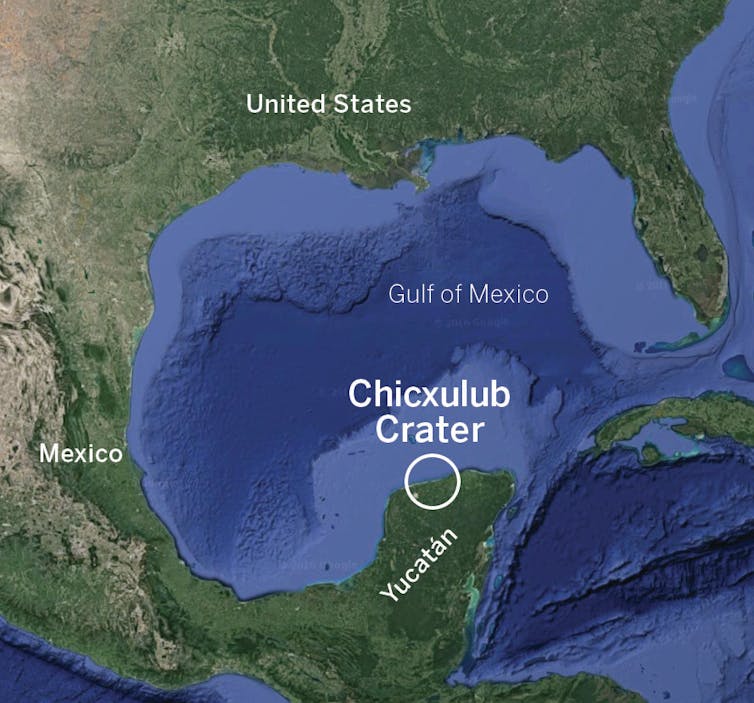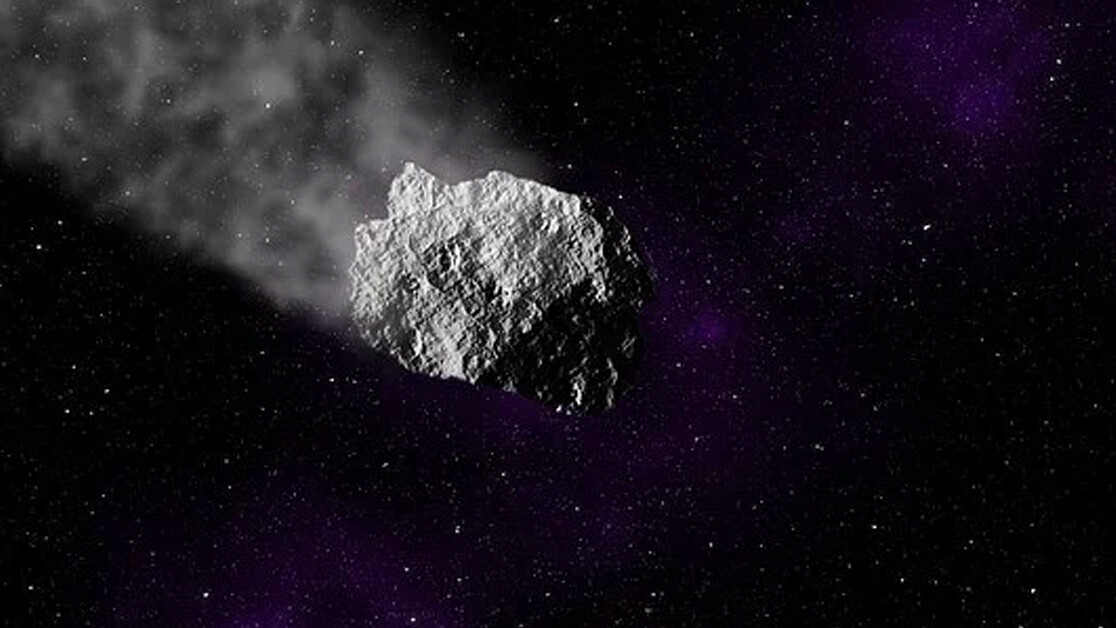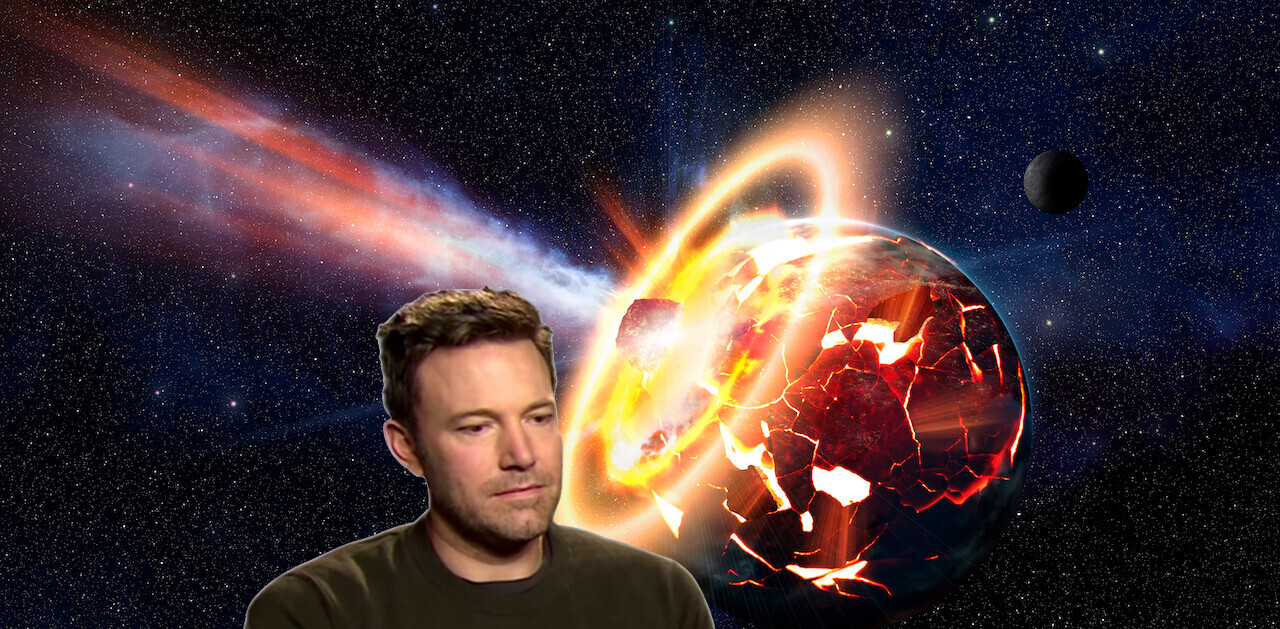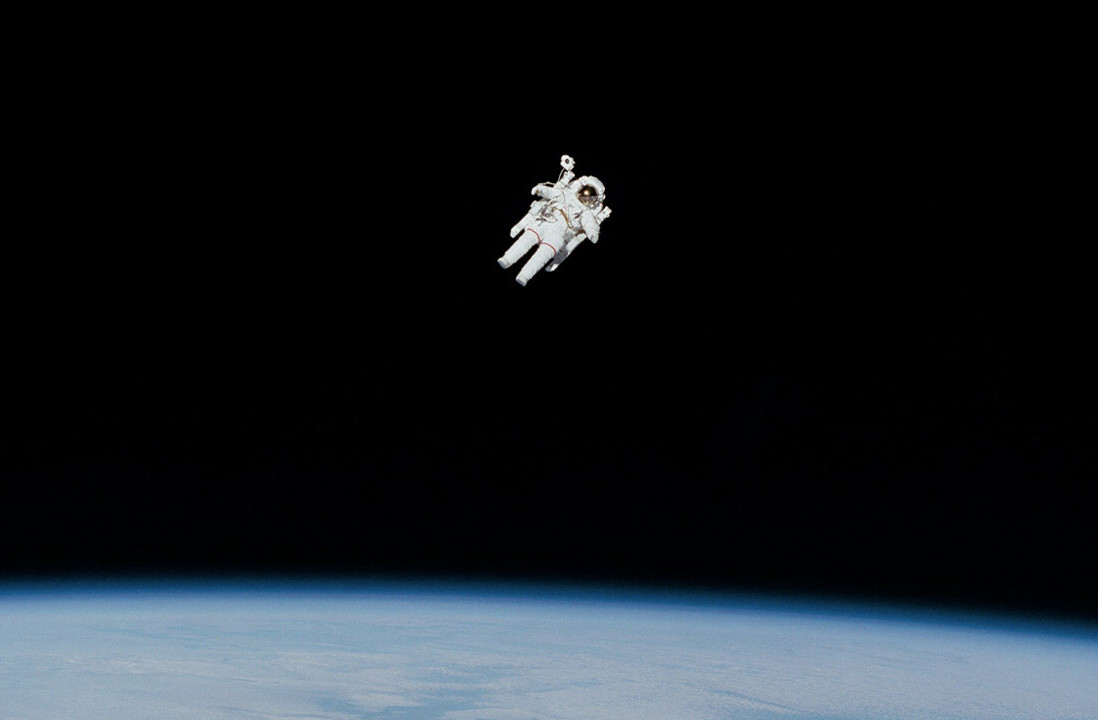More than 99% of all organisms that have ever lived on Earth are now extinct. Most of these just died out quietly. However, in Earth’s history there have been five major mass extinction events – known as the big five – during which many species became extinct at the same time.
Each of the big five events caused at least a 40% loss of all species on Earth. Yet humans hold a particular grudge against the most recent one, which brought a sudden end to the 160-million-year history of the dinosaurs. This was the Cretaceous-Paleogene extinction, and it happened 66 million years ago, wiping out about 75% of all species on Earth at the time. Except for sea turtles and crocodiles, no four-legged animals bigger than 25kg survived.
After decades of heated debate, scientists have settled on two leading theories about what caused this extinction. The first possibility is the impact of an asteroid that created the 180km wide Chicxulub impact crater in the modern-day Yucatán Peninsula in Mexico. Second, a series of eruptions in a volcanic area known as Deccan Traps in India.
Last week, an international team of scientists with data from four independent laboratories published a study claiming to have ended the debate. They say the 12km-wide asteroid was the one to blame.
A case closed?
The study looked at rock samples collected in the crater, which is now underwater. They found a layer of terrestrial mud mixed with “space dust” containing the element iridium, which can be found in high concentrations in meteorites but is rare in the Earth’s crust. This layer was four times thicker in the impact crater than in the surrounding area.
The team found a 5cm layer of sediment immediately below the limestone from the earliest Paleogene, the geologic period that began immediately after the extinction. This thin layer of sediment had iridium concentrations of one part per billion, compared to the 0.04 parts per billion in the Earth’s crust.

The asteroid is thought to have hit the planet at about 20km per second, more than 50 times faster than the speed of sound in the air. Not only did it destroy the immediate surroundings, but it also sent a cloud of vaporized rock and microscopic dust with high levels of iridium that traveled across the Earth. The global blanket of cloud blocked out sunlight, cooled Earth’s surface for decades by up to 10°C, and triggered a global “impact winter”. The cold and dark regime was followed by large-scale photosynthesis shutdown, disrupted food webs worldwide, and the collapse of ecosystems.
Spikes of iridium in dust from this time have been found in over 100 places around the world from America, Asia, Europe, Oceania, all the way to Antarctica. These were first identified in findings from the 1980s.
The early studies did not win a global consensus because the evidence couldn’t link the high iridium concentrations to the Chicxulub crater. But this new study provides this crucial link, and places an important time constraint too. The dust must have deposited within just a few decades – less than 20 years – after the impact.
The Armageddon of dinosaurs
Although the sudden nature of this extinction is backed up by changes in the fossil record, the record of microscopic organisms points towards a long-term shift instead. This is the argument in favor of a volcanic extinction, with a series of eruptions happening over tens of thousands of years.
Massive and prolonged volcanic eruptions have been linked to other volcanism-extinction events – like the Siberian Traps eruptions, which marked the extinction at the end of the Permian period. In the case of the dinosaur extinction event, however, it could not have been caused by volcanism alone.

The Deccan Traps released more than ten million cubic kilometers of material and gases, which caused long-term global warming of between 2 and 4°C, 150 to 300 thousand years before the extinction, just before the asteroid blow.
The Deccan Traps eruption lasted several million years, starting long before the asteroid impact. In fact, the main phase of Deccan Traps volcanism, at around 66 million years ago, might have been triggered by the Chicxulub impact.
The increase of nutrients into the oceans led to planktonic blooms and low oxygen level in the oceans, yet the oceans were not completely oxygen free. Deccan’s volcanism might have induced biotic stress but not the organisms’ total demise.
Dinosaurs might have their doomsday set in unfortunate double trouble of an asteroid volcano combo, or a single giant impact. Either way, the large asteroid has played a key role. This new study has found the missing piece of evidence that links the dinosaurs’ extinction to the Chicxulub impact, and that it happened in a geological blink of an eye.![]()
This article by Queenie Hoi Shan Chan, Lecturer in Earth Sciences, Royal Holloway is republished from The Conversation under a Creative Commons license. Read the original article.
Get the TNW newsletter
Get the most important tech news in your inbox each week.






